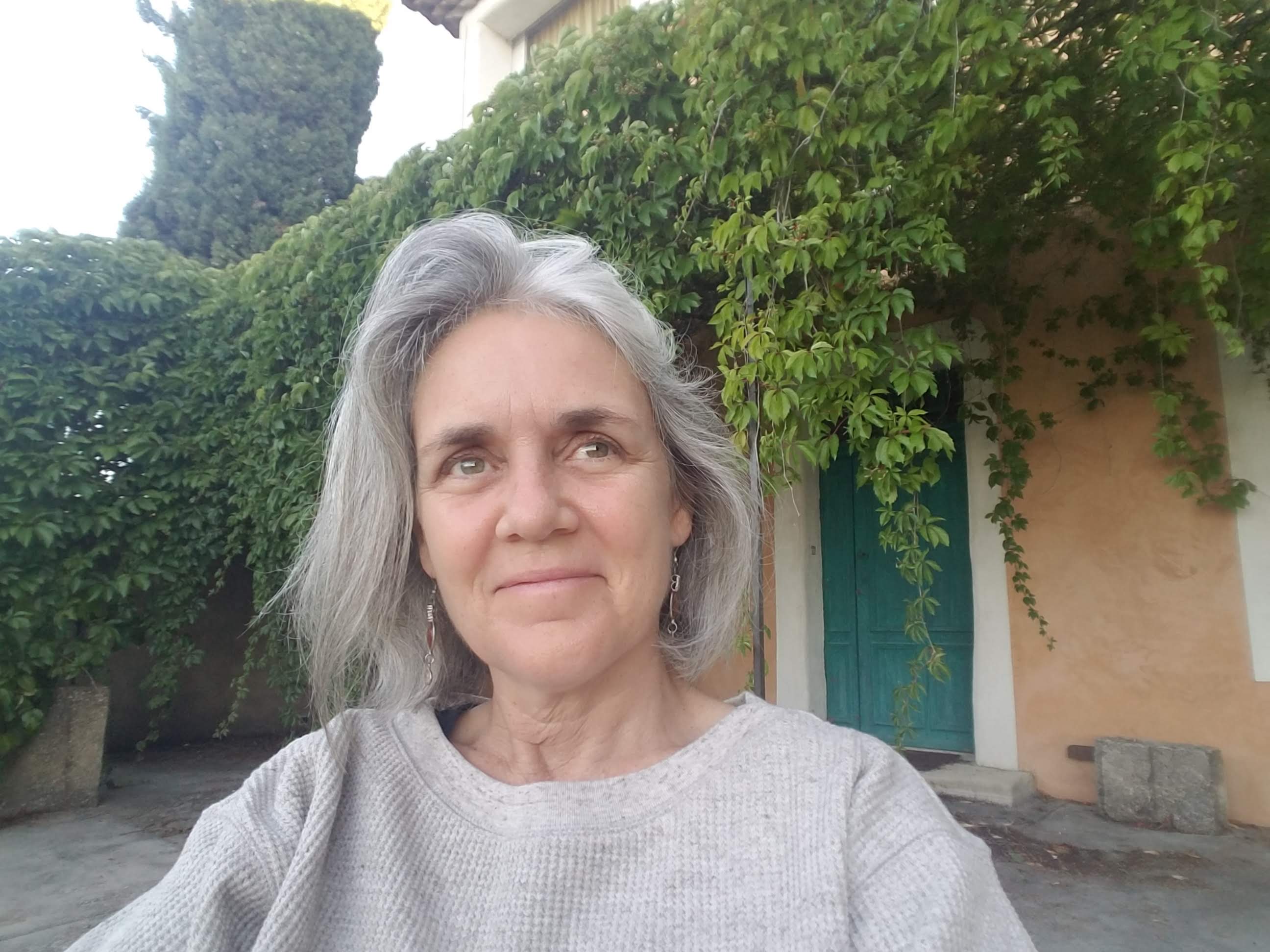by Dr. Lucy McNair
ABOUT THE AUTHOR

Dr. Lucy McNair
Lucy R. McNair is an Associate Professor in the English Department at LaGuardia Community College, CUNY, where she teaches composition and creative nonfiction. She holds a PhD. in Comparative Literature and a M.A. in Modern Languages. Trilingual, she worked previously as a literary translator and an instructor of ESL and French. She became familiar with North African immigrant and indigenous cultural expression while living in France for many years. Her subsequent scholarship has focused on Francophone North African literature and film, as well as the multilingual pedagogy and COIL she has developed at LaGuardia. She’s co-curator of the New York Forum of Amazigh Film (NYFAF) at the LaGuardia Performing Arts Center, was co-leader of the Language Across the Curriculum seminar for the LaGuardia Center for Teaching and Learning, and is a member of the COIL Task Force.
Did you know that the US has always been a polyglot or multilingual nation? Speaking different languages was a given back when the country was founded and remained the norm until the post-WWII period. According to sociologists Ruben Rumbaut and Douglas Massey, the country experienced an aberration of linguistic homogeneity from 1950-1970 when English briefly became the norm and which ended with the arrival of new immigrants. This bilingual and multilingual trend has continued apace since then. From 1970 to 2000, the number of foreign-born people living in the US rose from 4.7% to 12.9% (Rumbaut & Massey, 2013). Indeed, if it were not for immigrants, the country would experience far more language extinction because people here do not transmit languages across generations.
Did you ever wonder why we don’t pass languages along? Why don’t you or your friend or colleague speak your parents’ or grandparents’ language with any confidence? Or why is it so hard to make use of your High School Spanish or French? Because you are “bad” at language? Are those bilinguals you know just “better at languages”?
According to many sociolinguists who examine the evolution of languages, the lack of language transmission has much more to do with social pressure and cultural colonialism than individual talents or failures. We don’t build on language resources or teach it well in school because ultimately it would change our culture and give immigrants and bilinguals power. The same is true of so-called “non-standard” registers or dialects of English. We teach what is known as the “standard” American dialect because, well, its privileged. Privileged by the largely white majority that believes it benefits from monolingualism, but also by bi- and multilingual people who seek a secure footing in the economic and cultural landscape of this country and understand the ticket to be fluency in “American English.” They may also be fleeing issues of economic inequality, political instability, religious orthodoxy, and class in home countries and view “American English” as a ticket to a livable identity.
But sometimes people get enough power and peace to ask good questions about language. Tucked in the Voting Rights Act of 1965 was a recommendation to look at bilingualism and put questions on census surveys. We can now look at data from 1980 through 2000 about which languages people speak at home and how well they consider their spoken and written English. What does it say? The percentage of people speaking other languages at home has risen steadily – from 23 million to 60 million, two-thirds of them Spanish speakers. We also know they live in urban areas. In non-urban areas of the country, that big stretch of Midwestern rural flatland, 91% of people speak English alone. But in the urban areas we know so well, guess how many languages are spoken? 382! And the Endangered Language Alliance of New York city has bought this figure up to date. Today there are roughly 800 languages spoken in our gregarious metropolis, largely in Queens.
What if our attitudes about language changed? What if we embraced linguistic diversity as we do racial or gender identity diversity? What if we saw it as a natural resource like water or wind? Or like seeds we plant and harvest? What if we felt as adults what kids feel who use whatever words work to play and get what they want, to make friends and discover the world? What if we could make mistakes and not cringe or create words and see them take off like kites?
Take a moment and do an imagination exercise with me: Imagine your language skills, whatever they are, as a resource – like money in the bank or food on the table, as a method to reduce violence or encourage innovation or discover essential information. Imagine that you have a 401K in the languages you were exposed to as a child and teenager and can now decide how to invest it. Imagine that you go to the Writing Center or faculty meeting or cafe, for example, and bring your exposure to and skill in the tongues your family has told stories in as well as your growing knowledge of “American English.” How would that change the way you enter into conversation, class or collaboration? What would others learn about you and what would you learn about others?
Want to let me know? Send me your thoughts! In any language 😊
Lucy McNair, lmcnair@lagcc.cuny.edu
Rubén G. Rumbaut, Douglas S. Massey (2013). Immigration & Language Diversity in the United States. Daedalus, 142(3), 141–154. https://direct.mit.edu/daed/article/142/3/141/26991/Immigration-amp-Language-Diversity-in-the-United